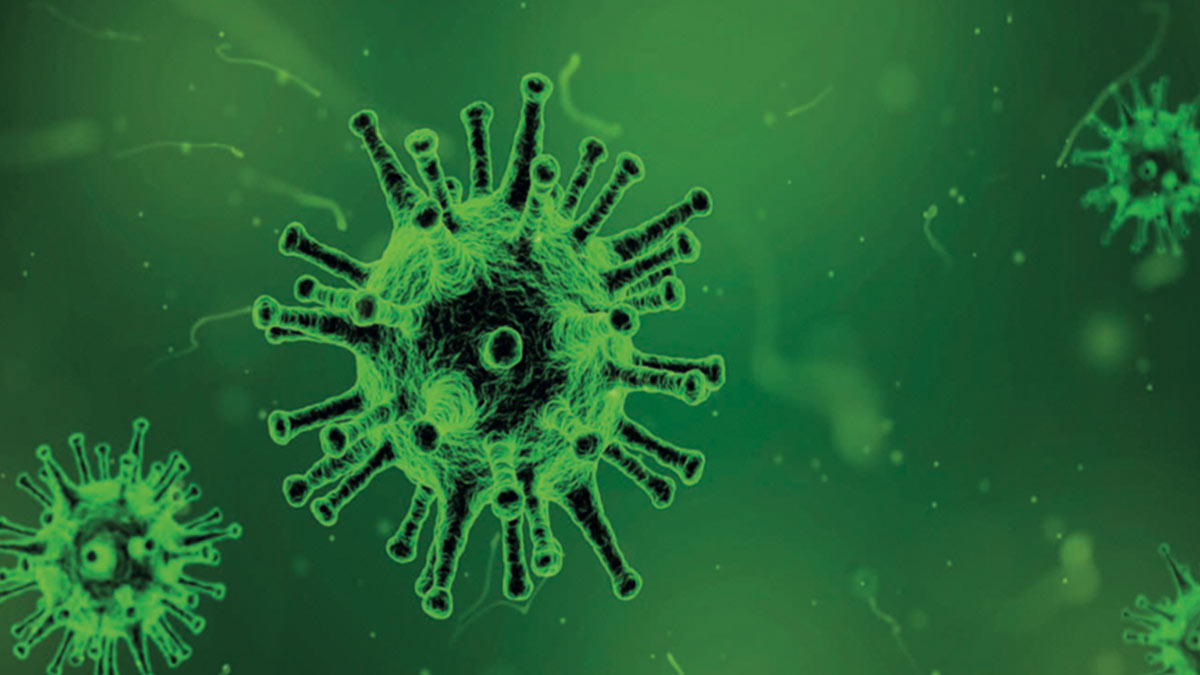A breakthrough in the field of microbiology made by researchers from Queen’s University Belfast may lead to better treatments in the fight against antibiotic resistance.
This discovery provides a better understanding of how to prevent the spread of antibiotic-resistant bacteria. The researchers hope that in the future, this breakthrough may lead to better treatments in the form of targeted antibiotics.
The research was carried out by the Valvano Group from the Wellcome-Wolfson Institute for Experimental Medicine at Queen’s, led by Professor Miguel A Valvano alongside researchers Ms Amy Anderson and Ms Becca Morrell, in collaboration with Dr Guillermo Lopez-Campos.
Antimicrobial resistance is a major global health threat, accounting for more than five million deaths a year globally. Deadly infections like pneumonia, wound, or bloodstream infections are becoming untreatable as the bacteria are becoming resistant to current antibiotics.
Most natural environments harbour a diverse collection of microbial species. Within these communities, bacteria compete with their neighbours for space and resources to survive. Certain bacteria use a special naturally occurring nanomachine to deliver toxins that kill neighbouring bacteria.
This nanomachine is called the Type-6 Secretion System (T6SS) which uses a piercing device to penetrate the membrane of neighbouring bacteria to deposit toxins that kill them. The T6SS is not only involved in bacterial competition but is also involved in bacterial infection.
In this study, the research team investigated the T6SS of the bacteria species Enterobacter that belongs to the ESKAPE pathogens, a group of the world’s most dangerous bacteria due to their extreme multi-antibiotic resistance. Using state-of-the-art bioinformatic tools, the team looked at the T6SS components in two common Enterobacter species called E. cloacae and E. bugandensis.
They found that most of these bacteria produce two or three different T6SS nanomachines and identified many new toxin candidates that can not only affect bacterial cells, but can potentially damage host cells, revealing the great diversity of Enterobacter T6SSs, and uncovering a potentially unique way for these bacteria to get established in the gut and to interact with the human host in the context of infection.
Commenting on the importance of these findings, lead on the research, Professor Miguel A Valvano, Chair in Microbiology and Infectious Diseases from the Wellcome-Wolfson Institute for Experimental Medicine at Queen’s University Belfast, said: “This breakthrough provides us a way to explore how these bacterial toxins can be reformulated to develop new antibiotics and new antifungals to improve treatments against infection by antibiotic resistant pathogens.”







